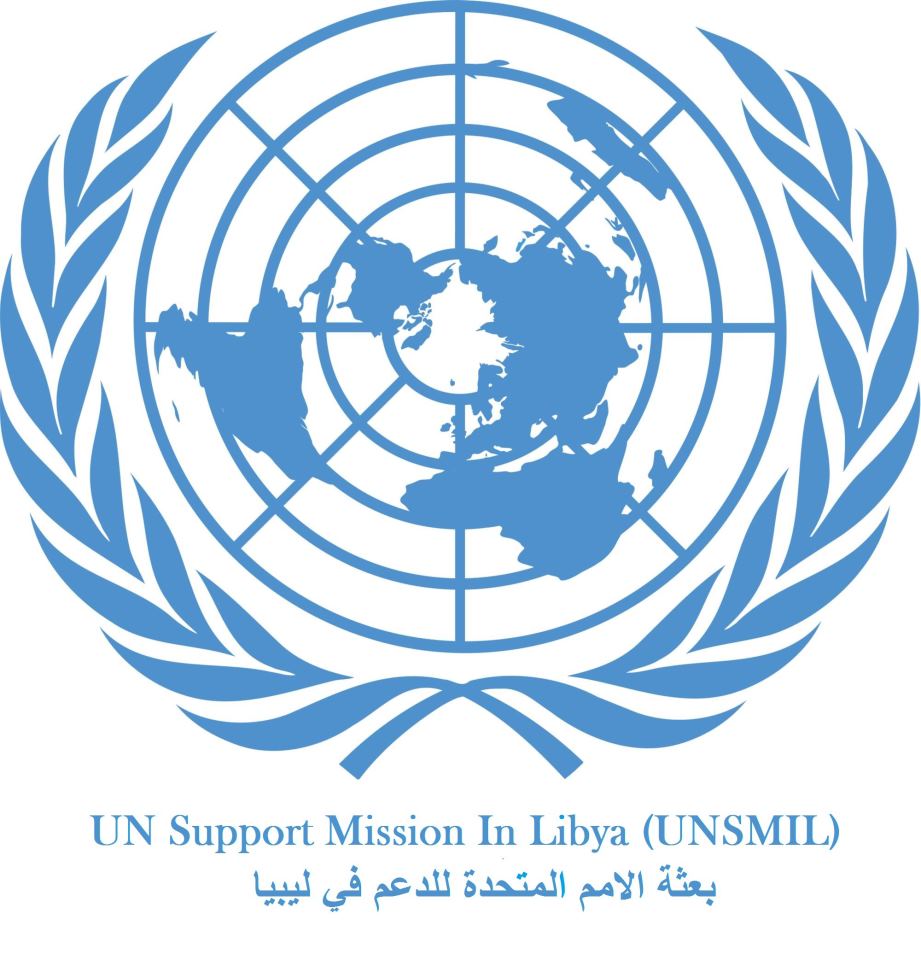By Sami Zaptia.
Tripoli, 2 May 2013:
Libya Herald’s article dated 25 April regarding plans by Libya to spend LD 10 billion on . . .[restrict]30,000 students and trainees abroad has attracted much attention and feedback – both positive and negative.
GNC member for Khoms and member of the National Security Committee Abdulmonem Alyaser has kindly provided further details and answers to some of the questions posed in our article.
The total sum of LD 10.28 billion would include training and studies as well as money for a fund for SME and large-sized joint venture projects in solar power, cement, steel, agriculture and tourism.
LD 3.28 billion for training 41,000 students abroad
Alyaser clarified that only LD 3.28 billion of new money is planned for education abroad to cover the 41,000 students. Of these, 31,000 would be pre-graduate language students doing a one year English-language course. The remaining 10,000 would be vocational-studies students.
The GNC member explained further that there are also about 2,500 existing students abroad covered by the current budget at LD 200 million. Equally, there are about 10,000 students who have been studying abroad since before the February 17th Revolution with an existing budget cost of LD 800 million. The total budget for these 12,500 students is LD 1 billion (about US$790 million).
English language training abroad
With regards to English language training, Alyaser feels that since having a high enough TOFEL or IELTS score is central to being accepted at a good university, there should be a concentration on raising the English-language standard of students.
Students should be sent abroad for English-language for only one year and obtaining a high enough TOFEL or IELTS score within a year should be the prerequisite for moving on to university education abroad. Failing that, students should return to Libya where they would be given help in finding work in the private sector.
Sources of funding
Libya Herald had also questioned where such a large amount of money would be sourced from since no allowances were made for it in the current 2013 budget. Alyaser said that the intention was to fund this programme from the balance of the 2012 budget allocated to the Al-Kib government.
| The 2012 Budget allocations in LD | Actual amounts spent from the 2012 budget in LD | Percentage of budget spent | Unspent balance from 2012 budget LD | |
| Chapter one – Wages | 18.67 billion | 11.74 billion | 63% | 6.93 |
| Chapter two – operational expenses | 12.13 billion | 5.09 billion | 42% | 7.04 |
| Chapter three – Development programmes | 19.12 billion | 6.05 billion | 32% | 13.07 |
| Chapter four – Subsidies | 14.6 billion | 7.12 billion | 49% | 7.48 |
| Reserves | 4.0 billion | 1.76 billion | 44% | 2.24 |
| Total | 68.52 billion | 31.76 billion | 46% | 36.77 |
The Al-Kib government 2012 budget. Figures supplied by Mustafa Abushagur from his Facebook page. Figures have been rounded up.
It will be recalled that Prime Minister Al Kib’ government had only spent 46 percent of its total budget, leaving a healthy 54 percent or LD 36.77 billion. It is from the balance of this budget that Congress member Alyaser wants to finance this training and study project.
The programme is open to all including women and handicapped
GNC member Alyaser confirmed that initially the students were going to be sourced solely from the WAC database, but that there was overwhelming opposition to giving this opportunity only to them. Alyaser says that he is now proposing a new mechanism for selecting those to be sent for training and studies abroad so that it would be more inclusive and would include women and handicapped.
Solving the unemployment and security problems
GNC member Alyaser believes that the vexing problem of unemployment – and especially youth unemployment – was one of the root causes of the Arab Spring and Libyan revolutions. But he also believes that Libya’s militia, arms proliferation and security problems are equally interlinked with unemployment.
He therefore suggests that in order to help solve these problems, including Libya’s security problems, tens of thousands need to be trained.
“If we want to put the security train on the right track, we must find fundamental and strategic solutions to the problem of unemployment. Unemployment is a problem that Libya has been suffering from for years and a problem that was one of the main drivers of the revolution.”
Libya has 340,000 unemployed
Alyaser says that Ministry of Labour statistics show that there are 340,000 unemployed in Libya, most of whom are from the 228,000 registered with the Warriors Affairs Commission (WAC) and 56 percent are between the age of 18-32 years old.
AL-Yaser says that there should be conditions attached to going for studies abroad. For language training, he says only university graduates should be able to apply. For vocational training, only high school students should be accepted.
Arms ‘’buy-back’’ programme
But more importantly for Libya’s current condition, Alyaser says that applicants should also be obliged to hand in “a piece of arms” as part of the arms collection programme.
Equally, the applicant must resign from any military grouping or from the Ministry of Defence or Interior that he may be a member of and resign any government job.
The final condition is that the applicant must terminate any salary or allowance that he may be receiving from the state.
It will be interesting to see if this plan actually gets implemented and how popular it proves with the youth and militiamen. It will particularly be interesting to see if there will be willingness to handover arms and if that will have a positive effect on the general security situation.
Over the last one-and-a-half-years, the question of why the Libyan authorities, be they the NTC, the GNC, the Al-Kib or the Zeidan governments, never made any concerted effort to implement an arms-for-benefits programme, has been raised often.
This latest proposal is probably the first time that the concept of trying to attract arms from the youth and militias through some kind of “buy-back” programme has been seriously considered.
Value for money?
Nevertheless, whilst this solution of spending LD 3.28 on 41,000 students may be ideal to solve the political problem of the recalcitrant armed militias in the short term, many critics were wondering if it is money well spent.
Many readers reacting to Libya Herald’s initial article wondered if for such large amount of money more long term and sustainable training and rehabilitation solutions could be found.
Many ask whether LD 3.28 billion was too much money to spend for just one year’s English-language training abroad to cover the 31,000 students and one year vocational training abroad for the remaining 10,000 students.
Some argue that LD 3.28 billion (around US2.58 billion) could build many high spec schools, colleges and institutes, and pay for high end equipment and curricula as well as import many teachers/trainers as well as trainers of teachers and trainers. This would leave more long term residual benefit to Libya and Libyans in return for the LD 3.28 billion.
LD 7 billion for projects
With regards to the balance of the proposed LD 10.28 billion – the LD 7 billion – Alyaser says that this amount should be spent on SME and large-sized joint venture projects in solar power, cement, steel, agriculture and tourism.
Alyaser says that according to the WAC database, there are about 50,000 who expressed interest in starting their own businesses and in total 89,000 who wanted to be in the private sector generally, be it the SME sector or large business. However, he feels that in reality very few of those wishing to start their own businesses posses the commercial, skills or management capability to succeed with their projects.
Equally, he believes that it is more realistic to expect to employ 50,000 initially through the 7 billion JV programmes, which if they were to be 50/50 partnerships between a Libyan state-owned holding company and other Libyan and foreign investors, the total invested amount could be as high as LD 14 billion.
WAC have proposed a programme aimed at training and funding 5,000 SME projects in 2013, subject to obtaining funding, Alyaser says. However, he believes that this number is too small to make an immediate impact on Libya’s current problems and represents only 10 per cent the number of people that need to be trained and found employment for. Equally, he feels that SME programmes could not create 50,000 jobs in one to two years because of the high risk nature of SMEs, especially under Libya’s current situation.
He therefore feels that the SME programme alone would not make an adequate impact. “I believe that in order to make a measurable impact to resolve the unemployment and security problem, Libya must invest in the education-abroad program, the large-scale joint venture projects and an SME program”, Alyaser explains.
It is for this reason that he believes that together with the SME projects, there should be investment in large national projects in solar power, cement, steel, agriculture and tourism. Alyaser says that there are many studies for these kind of projects that are ready and that should now be activated urgently so as to solve Libya’s acute problem of unemployment and security. [/restrict]








